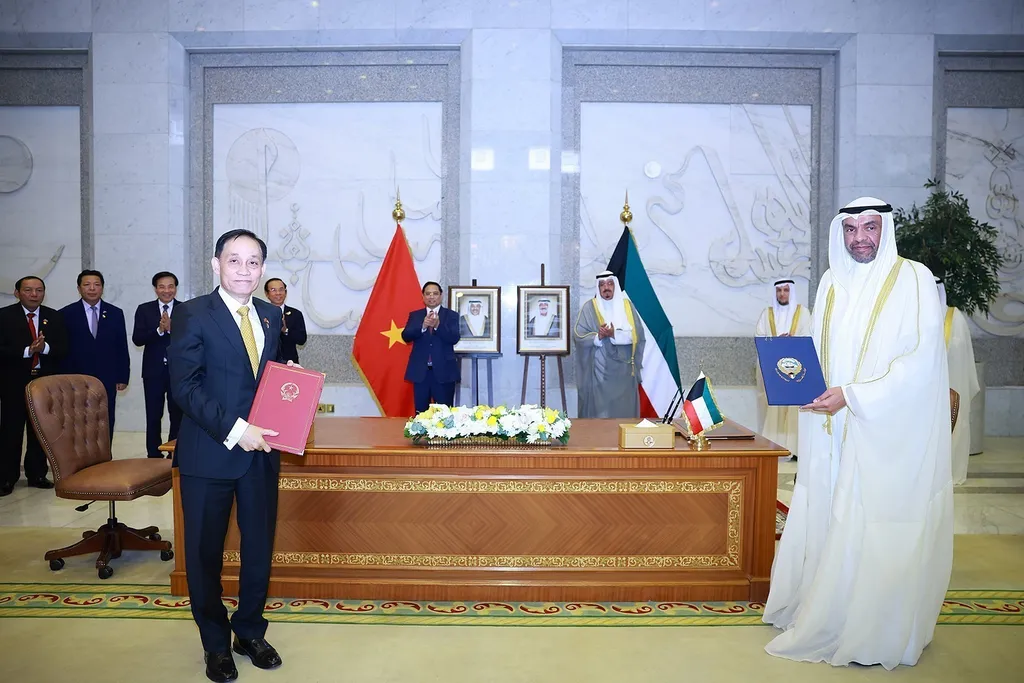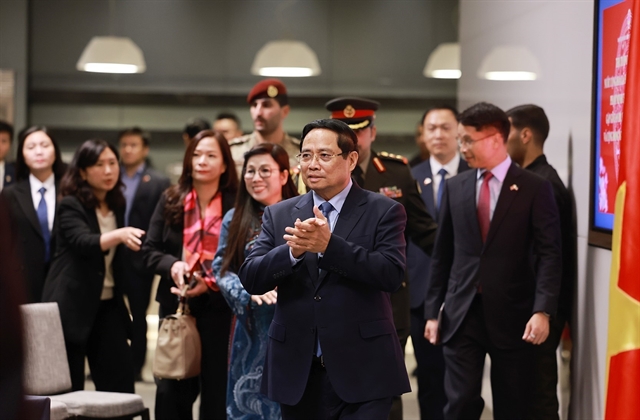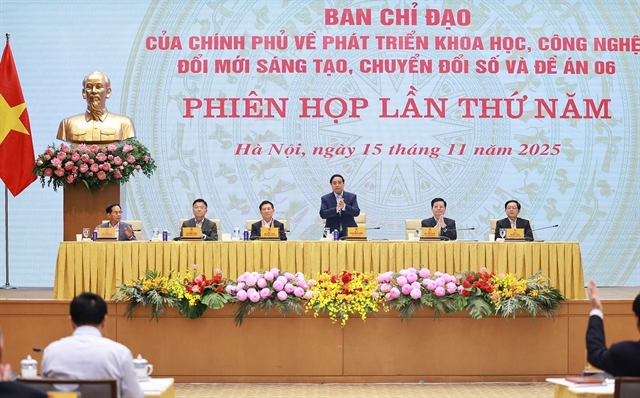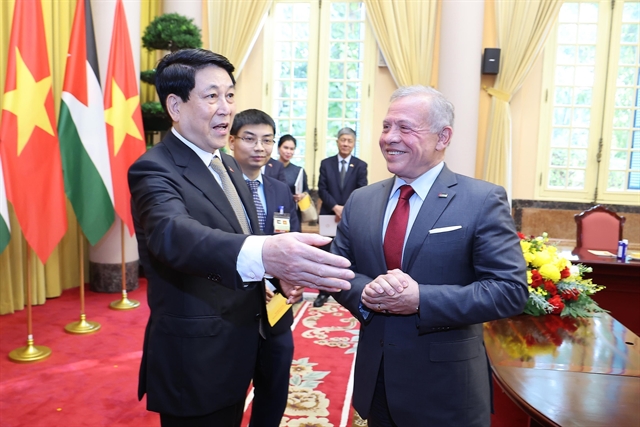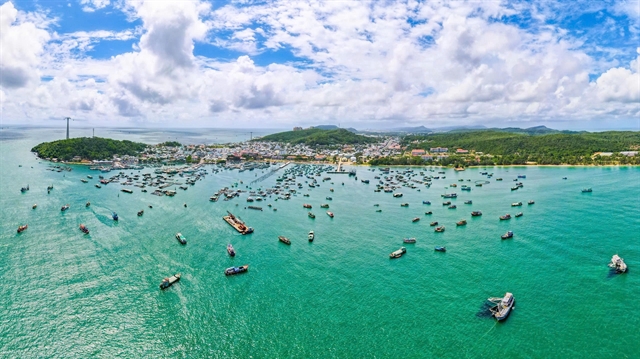HCM City, July 19, 2025 – The Europe Today: In a landmark move poised to reshape Vietnam’s urban and economic future, the merger of Hồ Chí Minh City with the neighbouring provinces of Bình Dương and Bà Rịa Vũng Tàu officially took effect on July 1, establishing a unified metropolitan governance model that marks a historic turning point in the country’s urban development.
This strategic consolidation is more than just an administrative restructuring — it signals the birth of a multi-centred “mega-city” built upon a modern infrastructure network and designed to ease the burden on HCM City’s overcrowded core districts. The initiative aims to redefine long-term spatial planning, promote regional integration, and create a dynamic and inclusive growth model for Vietnam’s most critical southern economic zone.
Urban planners view the move as a rare opportunity to transcend traditional provincial boundaries and adopt a coherent regional vision. Architect Ngô Viết Nam Sơn stressed the importance of shifting from fragmented local interests to unified metropolitan strategies. “This is a chance to reshape how we plan, think, and live in the city — beyond past limitations,” he said.
For years, HCM City has struggled with the consequences of unchecked urbanisation, including extreme population density, traffic congestion, and land scarcity in its inner districts. The mega-city model proposes an innovative solution: decentralisation through the creation of satellite urban centres in all directions — east, west, north, and south — designed to provide residents with convenient access to essential services within a 15-minute walk or bike ride.
These decentralised hubs will include schools, hospitals, parks, and cultural venues, enhancing the quality of life and fostering environmental sustainability throughout the broader metropolitan region. This multi-centre model also aims to reduce inequality in access to services and shift the urban pressure away from the city centre.
According to Dr. Trương Minh Huy Vũ, director of the city’s Institute for Development Studies, strategic urban transformation begins with a clear understanding of present conditions. “We need to measure our performance against both domestic realities and international standards to identify where we stand and where we need to go,” he said.
The challenges ahead are considerable. Experts warn of the risks of scattered investment and underutilised potential if strategies are not backed by strong funding mechanisms, efficient implementation plans, and robust governance. “Planning must go beyond vision — it requires clear timelines, financial readiness, and the ability to manage obstacles effectively,” Architect Sơn added.
Smart governance and digital technology are expected to form the operational core of the newly merged city. Despite some progress in deploying digital tools, experts acknowledge that the region still lags behind global benchmarks. Greater integration of digital systems will be essential for coordinating infrastructure, managing urban services, and ensuring effective public administration.
Public-private partnerships (PPP) are also being encouraged to deliver complex infrastructure projects. One such model is Transit-Oriented Development (TOD), where public authorities provide strategic planning and infrastructure while private entities invest in and operate housing, retail, and service facilities. The model’s success, experts say, hinges on aligning private incentives with public goals and encouraging citizen participation — particularly in public transport use.
Transportation infrastructure lies at the heart of the mega-city vision. A comprehensive, high-speed transit network, anchored by MRT (Mass Rapid Transit) and suburban railway systems, will ensure connectivity across the expanded urban region. This is critical not only for mobility but also for reducing environmental impact and enhancing economic efficiency.
Nguyễn Trọng Hoài, editor-in-chief of the Asian Journal of Economic and Business Research, emphasized the importance of transitioning the mega-city into a service-driven economy. “Service sectors generate high-value output and are key to attracting international investment, which in turn will elevate the city’s Gross Regional Domestic Product,” he said.
Looking ahead, the integrated city-region of HCM City, Bình Dương, and Bà Rịa Vũng Tàu must anchor its development strategy on three pillars: digital transformation, green growth, and maritime-oriented development. These priorities, experts argue, must be deeply embedded in the city’s policy and action frameworks.
As Vietnam enters this new era of urbanisation, the success of its mega-city project will depend on visionary planning, bold execution, and the ability to blend technology, sustainability, and inclusive growth into a unified metropolitan future.


